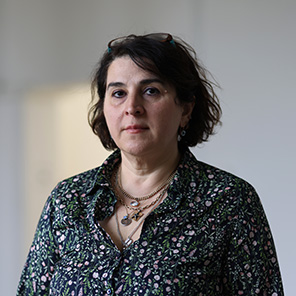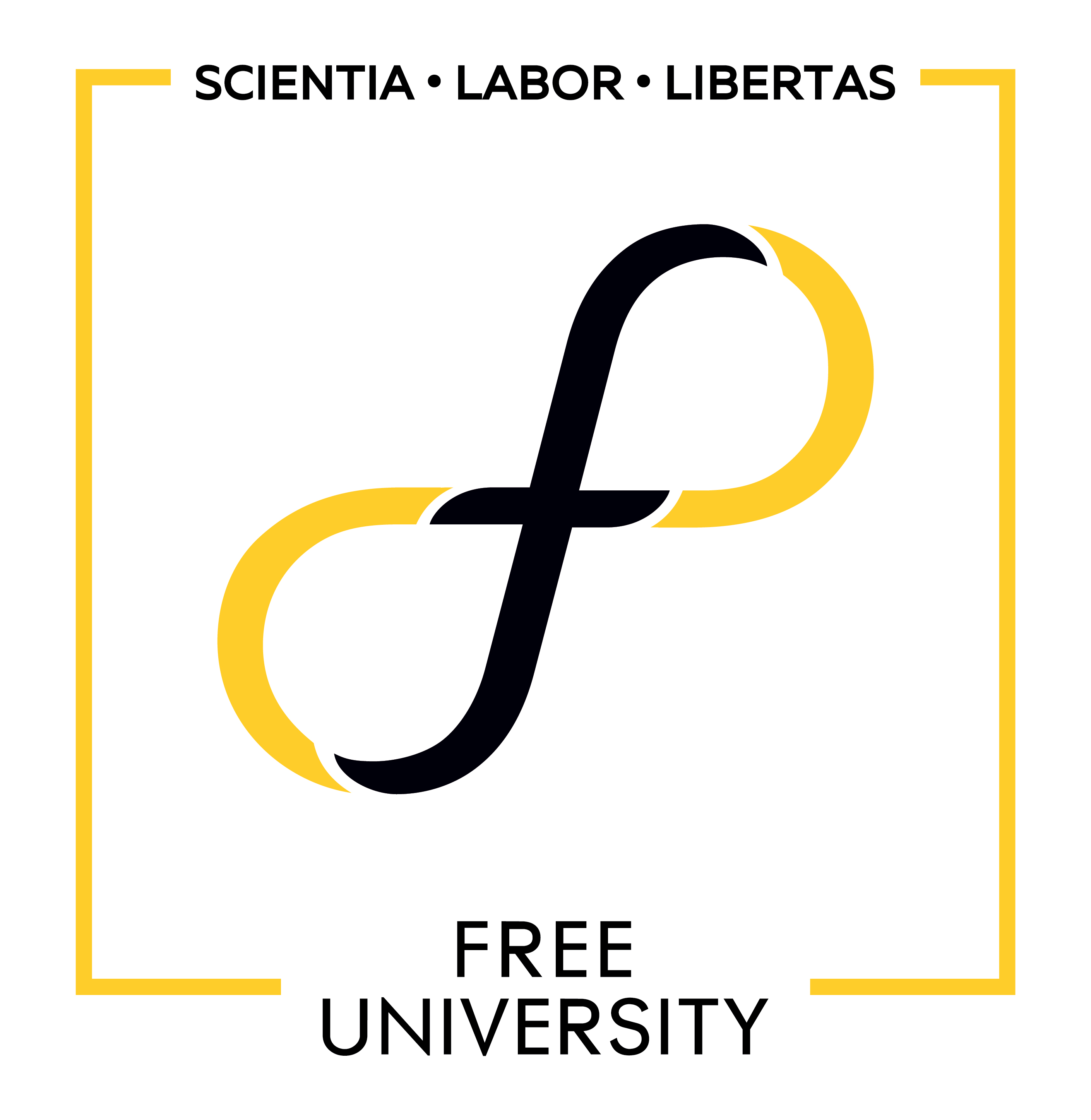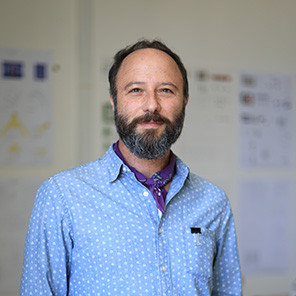School of Visual Art, Architecture and Design
Bachelor's Program in Architecture - Description
In a relatively short span of time, the Free University of Tbilisi Bachelor's Program in Architecture has forged a distinctive identity and solidified its position as the leading architecture program in Georgia.
The objective of the Bachelor's Program in Architecture is to equip graduates with the ability to critically comprehend contemporary architectural trends and effectively apply acquired knowledge in practical settings. Moreover, graduates are expected to possess the capacity to discern and address the pressing challenges confronting modern urban environments, offering diverse solutions. Additionally, graduates should be proficient in designing research-based architectural structures and managing architectural design projects.
The Free University of Tbilisi Bachelor's Program in Architecture has been developed taking into account the architecture programs of 5 advanced educational institutions in the world, namely: Massachusetts Institute of Technology (MIT); University College London, Bartlett School of Architecture; ETH Zürich; Politecnico di Milan; Washington University in St. Louis (Sam Fox School of Design and Visual Arts).
The program is based on three main pillars of the development of modern architectural education and practice:
- Relevant performance techniques and technologies
- Diverse pedagogical methods
- Critical thinking
The use of appropriate techniques and technologies entails recognizing that the latest advancements provide effective solutions to tasks, while also acknowledging the value of traditional methods. The program offers students a diverse array of techniques and technologies, ranging from computer-based simulations and 3D-printing to traditional practices such as carpentry, earthen construction and hand-observation drawing. This inclusive list represents just a portion of the approaches utilized in teaching. As such, access to a variety of tools serves as a foundational motivational factor for students.
By emphasizing the use of appropriate techniques and technologies, students develop the ability to critically assess any given context and acquire skills tailored to effectively solving specific tasks.
A hands-on approach, supported by a variety of pedagogical methods, serves as the optimal strategy for bridging the technical and conceptual facets of architectural practice. In contemporary education, there is a growing emphasis on discovering innovative teaching methodologies across various disciplines, which is especially significant in the field of architecture. The program focuses on imparting knowledge through practical experience and prioritizes real-world engagement over conventional classroom or textbook-based approaches.
Hence, the program systematically adopts an approach wherein architectural and urban history are diligently taught alongside exposure to design bureaus/offices and completed projects. This ensures that the teaching process aligns with the contemporary practical demands of architectural workplaces. By integrating theoretical learning with real-world applications, the program fosters a synthesis of practical and theoretical knowledge, thereby avoiding any disconnect or antagonism between the two.
Critical thinking remains the cornerstone of contemporary architectural education, where history, theory, practice and design thinking converge. This methodical approach to critical thinking places emphasis on contemporary issues and approaches in architectural practice, equipping students with the tools and means to actively contribute to architectural discourse.
Architecture serves as an ideal lens through which to explore the humanities and history, while simultaneously delving into the technical, material and creative foundations of the built environment.
As a result, through an integrated studio curriculum that intertwines architectural thinking, theoretical exploration and technical proficiency within semesters structured around common themes, coupled with a robust foundation in liberal sciences, program graduates are equipped with the knowledge and skills necessary to navigate diverse fields and tasks. Ultimately, the program prepares students not only for present-day practical endeavors but also for future challenges and opportunities.
Upon successful completion of the 4-year program, the graduate is awarded the qualification - Bachelor of Architecture.
Curriculum
The curriculum for the Bachelor's Program in Architecture consists of 240 credits, allocated across the following modules:
- University General Education - each student enrolled in the university's bachelor's programs, in addition to specialized subjects, also takes general subjects, contributing to the elevation of general education and the expansion of their field of interests.
- Foundational Education in the Field of Study - within this module, students learn the foundation subjects needed to study architecture, such as: history of architecture, history of urban development, drawing, quantitative and spatial thinking, design programs.
- Core Education in the Field of Study - this module combines the fundamental theoretical and practical courses needed to study the field of architecture, including: architectural design studios, architectural thinking, media cluster, building constructions and others.
Elective Courses - students have the flexibility to choose additional courses based on their interests. They also have the option to pursue an additional 15 credits of courses at no extra cost.
Code:
0360101 Copied!
Copied!
Cohort Size 34
| National exam | Weight | Student Places | Minimum Score |
|---|---|---|---|
| ქართული ენა და ლიტერატურა | 3 | - | - |
| უცხო ენა | 5 | - | - |
| Optional Exam | |||
| ან მათემატიკა | 4 | 30 | - |
| ან ფიზიკა | 4 | 4 | 70% |
Subjects
ქართული ენა და ლიტერატურა
Subject Weight
3Cohort Sizes
-Minimum Score
-უცხო ენა
Subject Weight
5Cohort Sizes
-Minimum Score
-ან მათემატიკა
Subject Weight
4Cohort Sizes
30Minimum Score
-ან ფიზიკა
Subject Weight
4Cohort Sizes
4Minimum Score
70%2025 წლის არქიტექტურის შემოქმედებითი ტურის მნიშვნელოვანი თარიღები მოცემულია ქვემოთ:
- პორტფოლიოების (ნამუშევრების) ატვირთვა - 3 ივნისიდან 8 ივნისის ჩათვლით;
- გრაფიკული ტესტირება - 12 ივნისი;
- პორტფოლიოების (ნამუშევრების) წარდგენა და გასაუბრება - 16 ივნისიდან 20 ივნისის ჩათვლით, განრიგი აბიტურიენტებს ეცნობებათ ინდივიდუალურად;
პროგრამაზე ჩასაბარებლად აუცილებელია შემოქმედებითი ტურის გავლა ერთიან ეროვნულ გამოცდებამდე, რომლის პირობები და მოთხოვნები მოცემულია მიბმულ ფაილში.
About the School of Visual Art, Architecture and Design
The School of Visual Art and Design (VADS) at Free University of Tbilisi was established in 2014 upon the initiative of Kakha Bendukidze. The purpose of founding this school was to provide an educational program in visual art and design in Georgia that would offer students an education comparable to leading European and American arts schools.
The establishment of such an educational program required the input of artists and designers who, in addition to having received higher education in Europe and America, also engaged in active exhibition and design activities outside the university. Accordingly, the school was founded by an academic staff who received education and practical experience at European and US universities (such as: Georgia State University, Emory University, Düsseldorf Art Academy, Royal Academy of Fine Arts of Brussels, University of Iowa, University of Milan, Academy of Fine Arts Munich, Trier University of Applied Sciences, etc.).
In 2018, the School of Visual Art and Design (VADS) expanded its offerings by introducing a Bachelor's Program in Architecture. As a result, the school's name was changed to the School of Visual Art, Architecture and Design (VA[A]DS). Today the school offers the following accredited programs:
• Bachelor's Program in Visual Art
• Bachelor's Program in Visual Communication
• Bachelor's Program in Interior Design
• Bachelor's Program in Architecture
In addition to the academic goals mentioned above, the boarder mission of establishing the school was to create a space where students could experience exhibiting their own works, could learn how to argue about arts and design issues, would learn to respect each other and each other’s critical views and develop free visual thinking; at the same time, would be introduced to the history of Georgian and international art and taught the appreciation of Georgian contemporary art and creative freedom.
Given the school's concept, it is vital to provide students with the opportunity to organize regular exhibitions. Consequently, various courses in all programs incorporate organizing student exhibitions, allowing students to learn how to formally and conceptually present their work and articulate the theoretical aspects of their works in front lecturers and fellow students.
In line with this objective, at the outset of 2023, the Free University of Tbilisi made a substantial investment to establish a dedicated exhibition gallery on the Kakha Bendukidze Campus premises. The Campus Gallery was developed for educational purposes and serves as a venue where students from the School of Visual Arts, Architecture and Design showcase their work as an integral part of the learning process.
The majority of the School's faculty comprises professionals with international education and experience, who are accomplished, practicing artists and architects.
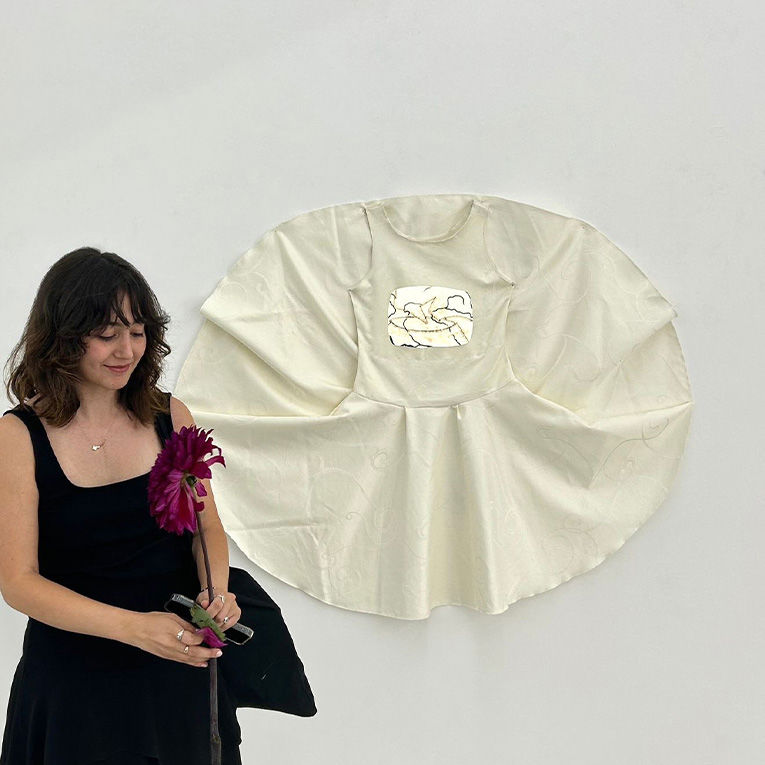
19 August 2025
მარი ბაბაევი სწავლას აგრძელებს იტალიაში, ფლორენციის მოდის სკოლაში
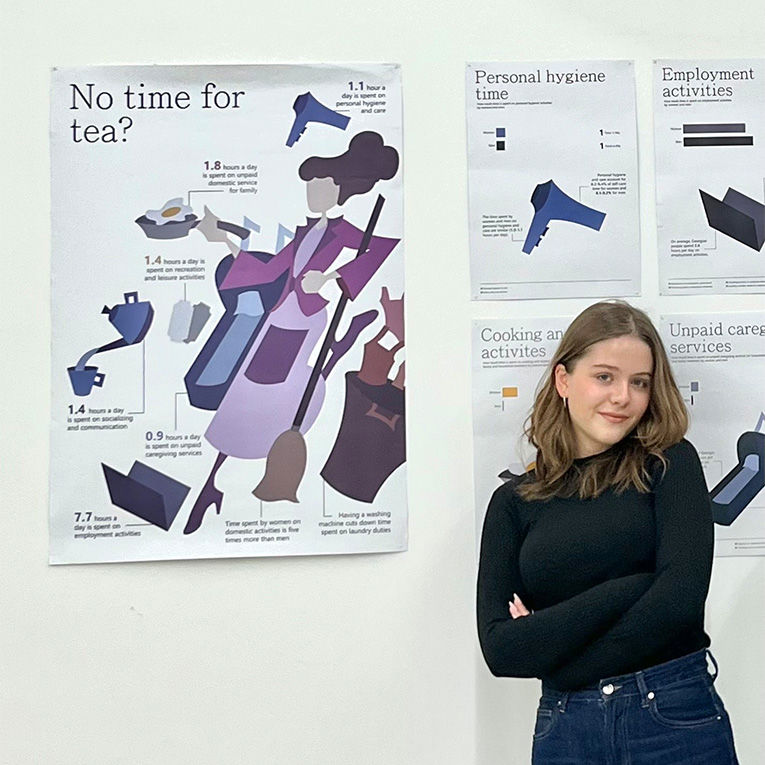
16 August 2025
ანა ილურიძე Politecnico di Milano-ს სამაგისტრო პროგრამაზე აგრძელებს სწავლას
![VA[A]DS](/media/akvddfhg/va-a-ds.jpg?quality=80&rnd=133973226804800000)
18 July 2025
კამპუსის გალერეაში VA[A]DS-ის პროგრამების ფინალური პროექტების გამოფენა.
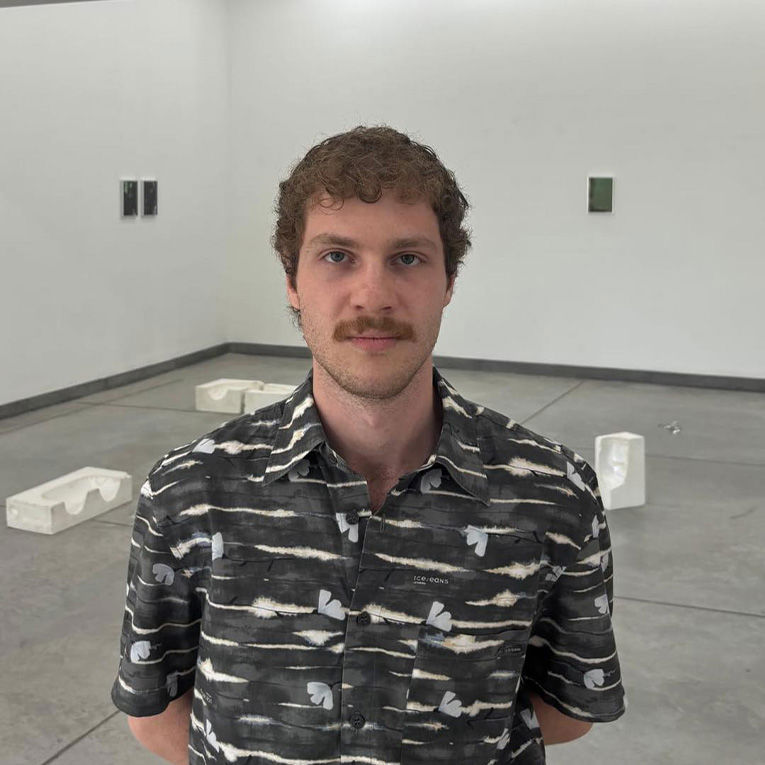
15 July 2025
გიორგი მიმინოშვილი სწავლას აგრძელებს აშშ-ში, Stuart Weitzman School of Design-ის სამაგისტრო პროგრამაზე
Dean
